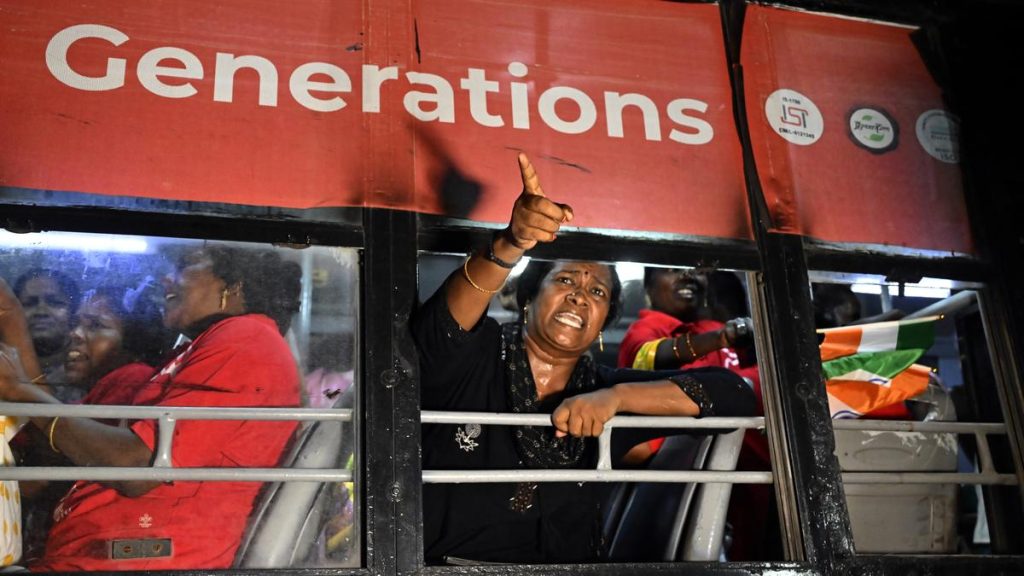Now Reading: Rs 1 Crore in 2050: What Will Its Inflation-Adjusted Worth Be?
-
01
Rs 1 Crore in 2050: What Will Its Inflation-Adjusted Worth Be?
Rs 1 Crore in 2050: What Will Its Inflation-Adjusted Worth Be?

Fast Summary
- Due to inflation, Rs 1 crore in 2050 may lose much of its purchasing power. At a consistent 5% inflation rate, its real value will approximate Rs 29.36 lakh.
- Common investment options like fixed Deposits (FDs), Public Provident Fund (PPF), National Pension Scheme (NPS), and Employees’ Provident Fund (EPF) offer returns that slightly outpace inflation but provide limited real gains over time.
- Estimated returns:
– FD: ~6.5% growth, effective annual wealth gain of ~1.5%.
– PPF: ~7.1%, requiring annual investments of Rs 1,46,000 for a Rs 1 crore corpus by 2050.
– EPF: ~8.25%, requiring monthly contributions from both employee and employer totaling Rs ~9,245 for suitable wealth accumulation over the next quarter-century.
- Options like stocks and mutual funds can deliver higher long-term returns compared to fixed-income schemes,navigating the effects of inflation.
Indian Opinion Analysis
The data illustrates a critical financial issue stemming from sustained inflation – the erosion of savings’ future purchasing power despite nominal growth in investment returns. While customary instruments like FDs or EPFs provide predictability and safety, their overall effectiveness against persistent inflation remains limited due to modest margins.
This analysis underlines the importance for Indians to adopt diversified portfolios blending equity-based investments with conventional saving vehicles for optimal risk-adjusted gains. Considering India’s historical average inflation rate hovering between roughly 4%-6%, individuals planning long-term finances must proactively account for real post-inflation value rather than focusing solely on fixed accumulation targets like “Rs crore.”
The implications reach further into policy questions around promoting financial literacy across income groups as well as ensuring accessible channels toward high-yielding investment opportunities such as mutual funds or direct equities that could better withstand currency depreciation effects associated with time-scaled economic trends.

























